Resurfacing heavily damaged concrete is a good way to renew your concrete without having to demonstrate and replace it with new concrete. In most cases, I've found that repairing and repaving a walkway, patio, or concrete driveway is much cheaper than removing old concrete and pouring a new one back in. You can repair and re-coat chipped concrete in several ways. You can buy products that apply a very thin layer on concrete.
Larger manufacturers of ready-mix concrete in bags make them, as do other specialized companies. These products work, but pay close attention to their limitations. Concrete floors and subfloors can be repaired using some common methods. All of this involves covering the existing concrete slab with a new layer of concrete or concrete-like coating and finishing the new layer as desired.
Concrete floors should be repaired with a surface covering only when the concrete slab contains surface or fine cracks or has aesthetic surface defects. If the concrete floor to be repaired is crowded, has large or wide cracks, or is damaged due to freeze damage, other alternatives should be considered instead of resurfacing. Resin injection is used to repair concrete that is cracked or delaminated, as well as to seal cracks or joints in concrete that is experiencing water leakage. Economic realities made less expensive repair options more attractive, as did the push for a more sustainable and greener construction environment.
The carpet was removed from this interior floor, revealing a very rough and badly damaged concrete floor underneath. Self-leveling treatments can be applied to most concrete floors and are thick enough to help correct uneven surfaces and relatively deep surface damage. These problems can include widening of cracks, crumbling of concrete and that can lead to the need to re-pave the concrete driveway, repair it, or complete a replacement. Thin repairs are generally about ¼ to about 2 inches deep and do not encompass any existing reinforcing steel.
Instead of ripping off the concrete and starting over, you can often save money by repairing your driveway, as long as the concrete is in good structural condition. In general, coarse repairs refer to repairs that are approximately 3 inches thick and that completely encompass at least some reinforcing steel of the existing structure. Being able to repair existing concrete rather than removing and replacing it significantly reduces the carbon footprint. Typical examples of thin repairs include surface grinding, Portland cement mortar, some surface coatings and sealants, dry pack mortar, packaged chemical and cementitious repair mortars, and polymer mortars (including epoxy mortars).
As a first step in increasing the likelihood of a successful repair, it is essential to use a consistent and systematic approach to concrete repair. Instead, contractors can come and address widespread damage by pouring a new layer of concrete over the existing driveway after removing the top layer.
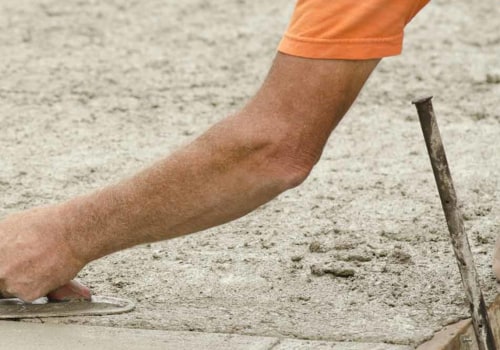
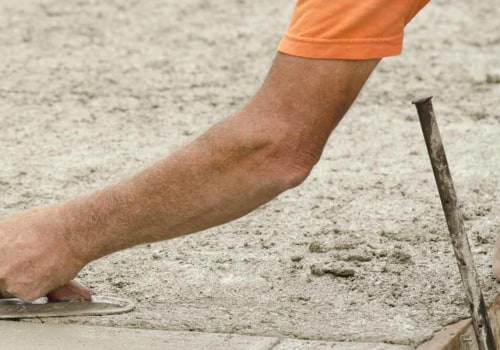
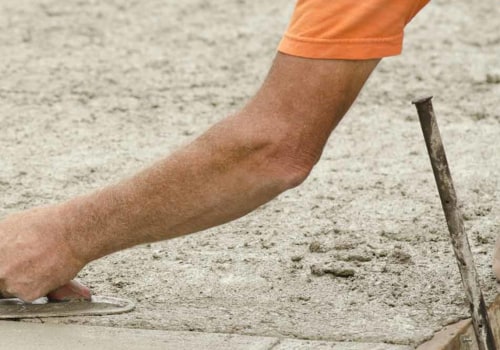
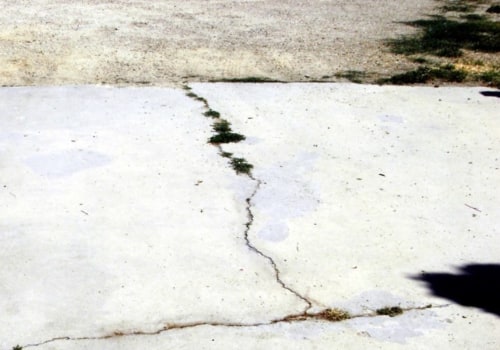
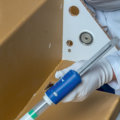
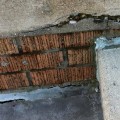
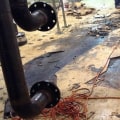
Leave Reply